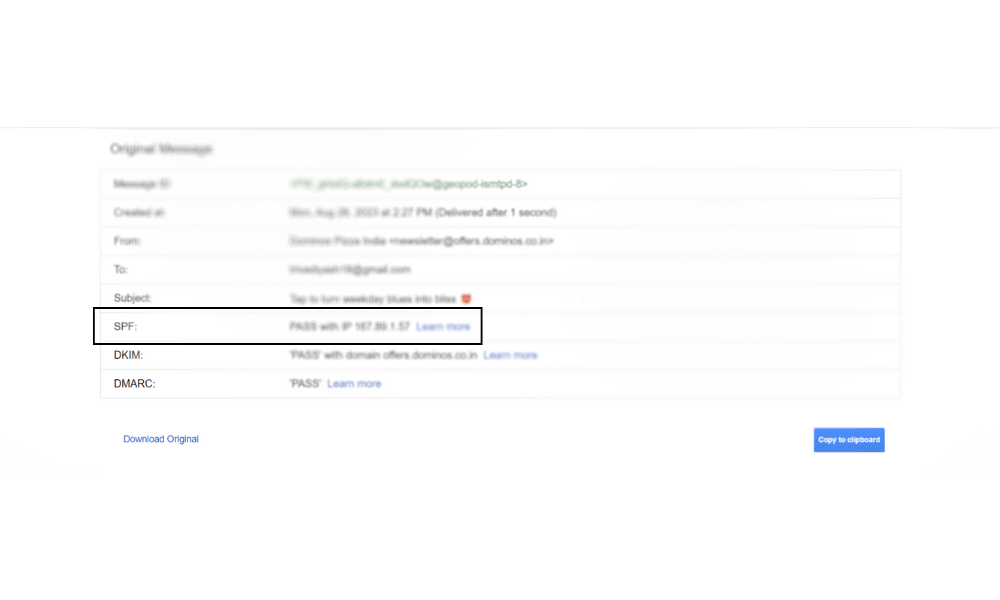Are you curious about the origin of an email you’ve received? Want to know where it was sent from? Trace the location of any email with these easy steps! We’ll walk you through the process so that you can track down emails quickly and easily.
Do you ever wonder who sent that email? Have you ever wanted to find out the location of the sender? You can do just that! Tracking down the location of an email sender is possible through a few simple steps.
In this blog post, we will discuss how to trace location of email address or sender in Gmail and other email services.
We will also discuss how to use reverse email lookup tools, social media location tracking, and other methods to determine the sender’s exact location. With these techniques, you can successfully track down the sender’s location quickly and accurately. So let’s get started!
Can you Trace the Location of the Email with Gmail?
Checking the sender’s IP address is one of the most popular ways to trace the origin of an email. Every email that is sent contains the IP address of the sender in its headers. Click on the three dots in the top right corner of the email and click on “Show Original”.

Look for the “Client IP” or the “SPF” field.

In reality, this IP address is not the accurate location of the sender, but the IP address of Google which has processed the email. This makes retrieving the email sender’s location almost impossible from Gmail. How do we tackle this?
Tracking email addresses with reverse email lookup tools
Reverse email lookup tools are great for tracking the email addresses of suspicious senders. By using such tools, you can identify the sender’s details including their name, location, and other personal information. All you have to do is just enter the email address of the sender and the reverse lookup tool will do all the work for you.

It will provide you with accurate information about the sender’s location and other details. This is a great way to track the location of an email sender without having to use other methods.
Social media location track
Tracing the location of a sender through social media can be a great way to get more information about an email sender. For example, if the sender’s email address is associated with their social media accounts, for example, LinkedIn, you can use the location data associated with their profiles to get a general idea of where they are located by extracting emails with the help of a LinkedIn email finder.
Always keep in mind that this information may not always be accurate, as many people have multiple accounts associated with different locations. However, if you have access to the person’s profile, then you can usually find out where they are located. Additionally, if the sender has posted any pictures on their social media account, then you can look up the location of those photos to get an even better idea of where they are located.
Tracing an Email Sender’s Location Through Time Zone
Tracing an email sender’s location through time zone is another method of tracking the source of an email. Time zone tracing involves examining the time stamps found in the email header to determine the geographical location of the sender. This can be done by comparing the timestamp to a universal time clock, or by using a time zone converter.
The universal time clock will provide you with the exact time that the email was sent and the time zone converter will provide you with the location. This method of tracking is not as accurate as other methods since it can be easily manipulated, but it is still an effective tool for tracing emails and understanding their origin.
Track email headers and message routing data
One of the most effective ways to trace the location of an email sender is by looking at the email headers and message routing data. By examining the email headers, you can find details regarding the IP address, time zone, and other information.
The email header is a record of each server an email passes through on its way to you. Every time an email is sent, the header is updated with the IP address of the server that sent it and the time it was sent. By reading each line of the header, you can get a good idea of where the email originated from and how long it took to reach you.
Analyze the Domain Name System (DNS) records

The Domain Name System (DNS) is a database that contains records of IP addresses and domains. If the email was sent using a website, you can use the DNS records to trace its location. By analyzing the DNS records, you can identify the website’s server location and the IP address of the sender.
This is a helpful tool for tracing emails that have been sent from websites or web-based email services like Outlook or Gmail. To analyze DNS records, you need to locate the domain name in the message header, and then search for its DNS records using a tool like Whois or DomainTools. Once you find the DNS records, you can look up the server location and IP address of the sender.
Use a GeoIP Database to Locate a Sender’s IP Address
A GeoIP Database is a database of IP addresses associated with geographical locations. It is used to determine the physical location of an IP address and can be used to trace an email sender’s location.
With a GeoIP Database, you can input an IP address and find out its country, region, city, and even latitude and longitude coordinates. This technique is especially useful if the sender is using a shared or public IP address, as it can help you pinpoint the exact location of the sender.
Search by ISP or Webmail Provider
Searching by ISP (Internet Service Provider) or webmail provider can help you trace the location of an email sender. By searching the IP address in a search engine, you will be able to get the domain name of the email service provider.
From there, you can use the ISP’s website to find more information about the sender’s location. For example, some ISPs list the location of their service users on their websites. This may not be a foolproof method of finding a sender’s location, but it can provide valuable clues.
Conclusion
In conclusion, tracing an email sender’s location can be done by analyzing the email’s headers and message routing data, using a GeoIP Database to locate the sender’s IP address, searching by ISP or webmail provider, using reverse email lookup tools, or checking the sender’s social media accounts.
While it can be difficult to track down the exact location of the sender, tracing an email can help you understand more about where it came from.
About Post Author
Anant Gupta
Growth Hacker, Marketing Automation Enthusiast & Founder of GrowMeOrganic







![How to get Contact Info from LinkedIn without a Connection? [5 Easy Steps]](https://www.growmeorganic.com/wp-content/uploads/2024/06/contact-info-linkedin-300x169.jpg)